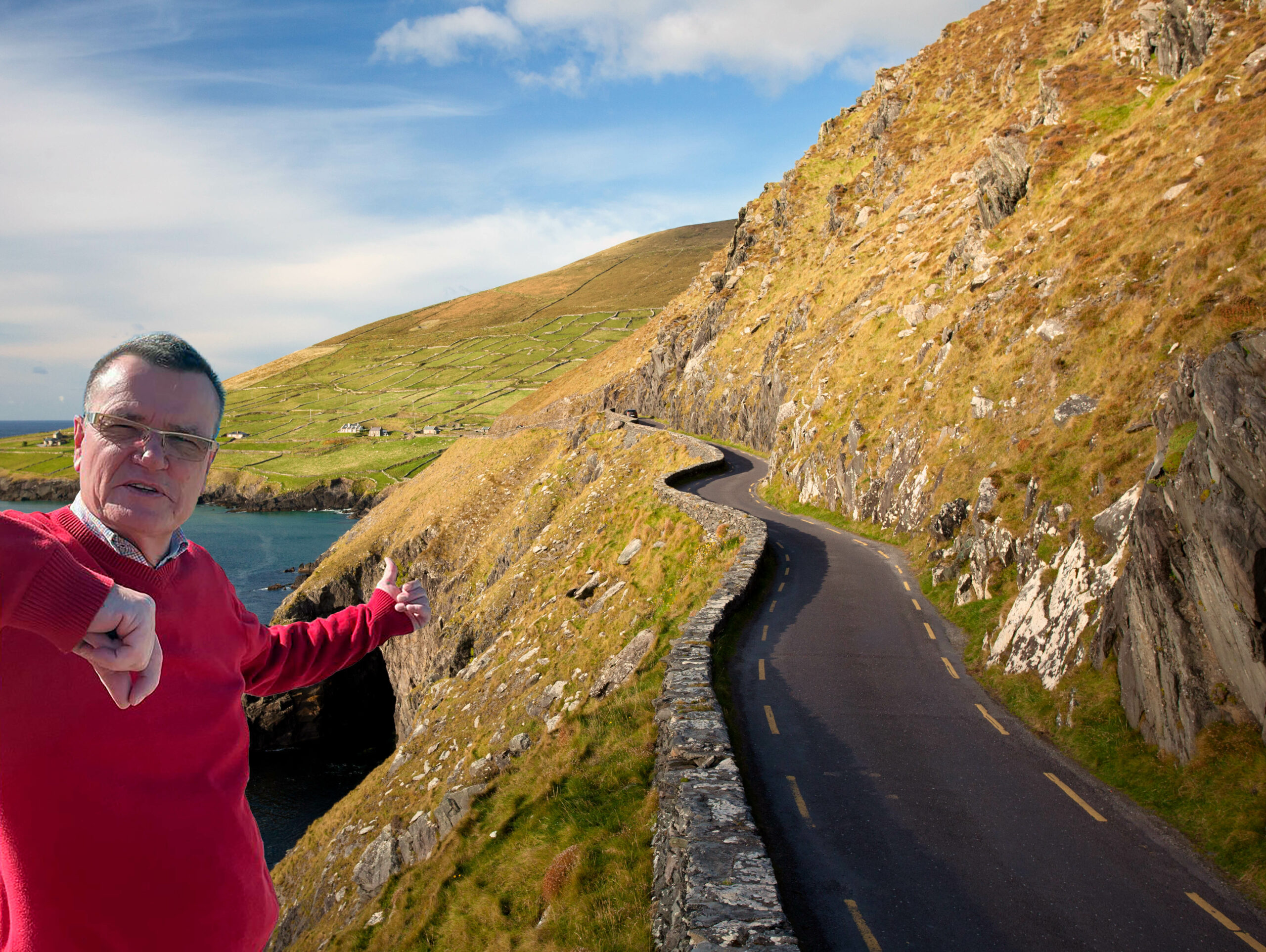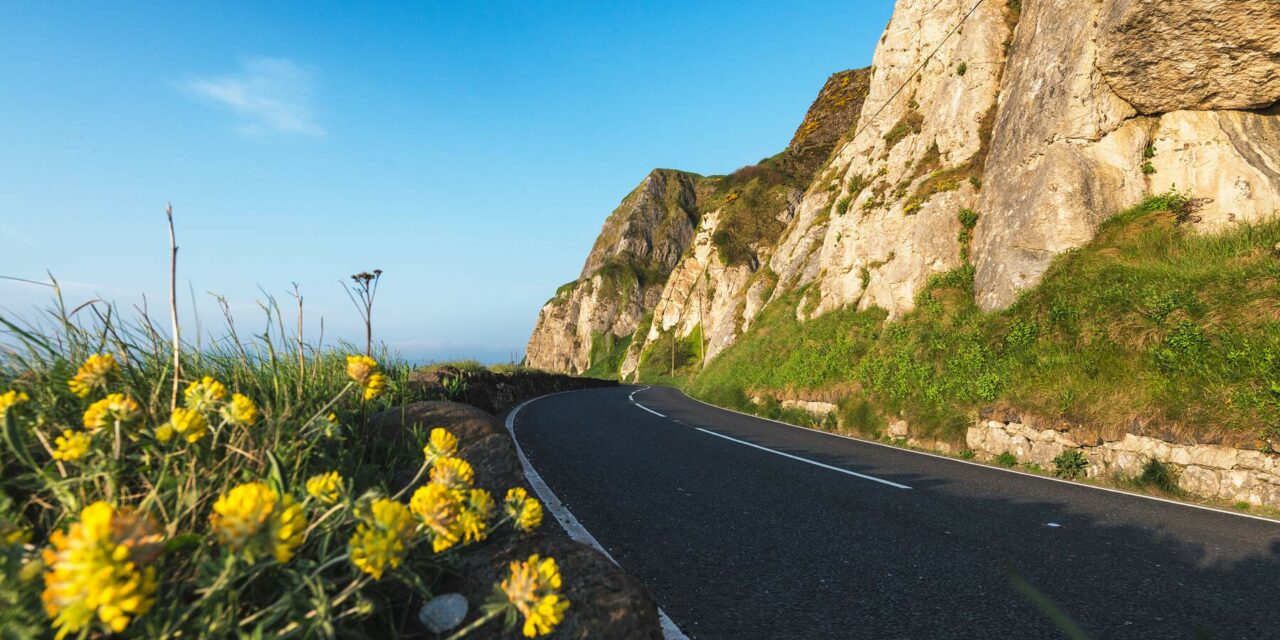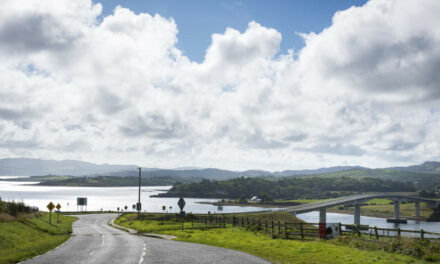As you prepare to explore the Emerald Isle by car, it’s important to acquaint yourself with the rules of the road to ensure a safe and enjoyable driving experience. Here are some pointers specifically tailored for visitors from North America:
First and foremost, keep in mind that in Ireland, you’ll be driving on the left side of the road, with the driver’s seat on the right side of the car. It may take some time to get used to this change, so stay vigilant and alert, particularly during the initial days of driving. You’ll come across roundabouts quite frequently in Ireland, so it’s crucial to understand how they function. Yield to traffic already in the roundabout and remember to use your turn signals to indicate your exit.
Pay close attention to speed limit signs as they can vary depending on the type of road and location. On major highways in Ireland, commonly referred to as “motorways,” the speed limit is 120 km/h (75 mph). On national roads, the limit is usually 100 km/h (62 mph), while on regional roads, it’s typically 80 km/h (50 mph). In urban areas, speed limits can range from 30 km/h (19 mph) to 50 km/h (31 mph). Adhering to these limits will ensure your safety and compliance with local regulations.
Take some time to familiarize yourself with Irish road signs and symbols, as they may differ from those in North America. Understand the meanings of various signs, including warnings, speed limits, and directional indicators. In rural areas, expect narrow roads and watch for signs indicating passing places or pull-ins to allow oncoming traffic to pass.
Ireland’s countryside is renowned for its stunning landscapes and winding roads, but it’s important to exercise caution, especially on narrow rural roads. Reduce your speed as needed and be prepared to yield to oncoming traffic. Show extra care when passing cyclists or pedestrians, as road shoulders may be limited in some areas.
When parking in urban areas, be mindful of parking regulations and signage. Many towns and cities utilize pay-and-display systems, where you purchase a parking ticket and display it on your dashboard. Make sure you have the appropriate change for parking meters or consider using a parking app if available. Avoid parking in designated no-parking zones to avoid fines or having your vehicle towed.
It’s crucial to note that Ireland has strict laws regarding drink driving. The legal blood alcohol limit for drivers is 50 milligrams of alcohol per 100 milliliters of blood (0.05%). However, it’s always best to abstain from consuming any alcohol before driving. If you plan on enjoying a few drinks, opt for public transportation, taxis, or designated drivers to ensure your safety and comply with the law.
Before embarking on your journey, ensure you have all the necessary documentation with you. This includes a valid driver’s license from your home country, an International Driving Permit (if required), vehicle registration documents, and proof of insurance coverage. Familiarize yourself with your insurance policy to understand the extent of coverage while driving abroad.
Lastly, keep in mind that road conditions and local driving customs can vary, so maintain a flexible and patient mindset while driving in Ireland. Allocate extra time for your journeys,





